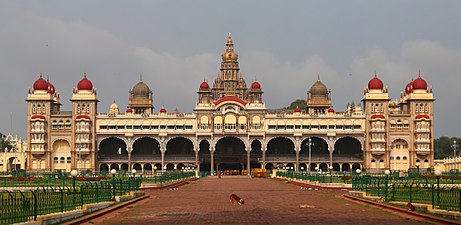- Home
- Indian Architecture
- European Colonial Architecture
European Colonial Architecture
European Colonial Architecture:
India has been
invaded since the time of Aryans. All the invasions on India had a huge impact
on the art and architecture of India. Colonisation of India had a huge impact
on the economy and the architecture of India. British who came to India as
traders ruled India for many decades leaving behind some beautiful
architectural buildings.
Even though
the Dutch, French and Portuguese did constructed some beautiful architectural
buildings but in was the British which had the lasting impact on Indian
architecture. Some of the architectural structures built during British Era
stands tall and majestic even today. The four main Europeans power that ruled
India were Dutch, Portuguese, French and British. The British arrived to India
in 1615 by overthrowing the Mughal Empire. They ruled for nearly 300 years.
The Indo
Saracenic architecture was the combination of Hindu, Islamic and Western
Elements. The colonial architecture built many institutional and important
structures like the universities, railway stations, and Government building and
rest rooms. One can see much such colonial architecture all over India.
European Colonial Architecture during British Period
The British
colonial period lasted in India for nearly three centuries from 1615-1947. It
was mainly during the British colonial period other European styles like the
Gothic revival, Neoclassical and Baroque became more prominent and important in
India. Major cities across India that were colonised still have many beautiful
structures that were built during this period. These cities are Mumbai, Agra,
Delhi, Madras, Nagpur, Bhopal, Calcutta and Bankipore.
Some of the
structures which stand tall and beautiful were built in different style of the
European architecture. The neo classical architectural style was produced
structures mainly on neoclassical movement during mid 18th century
in Italy and France.
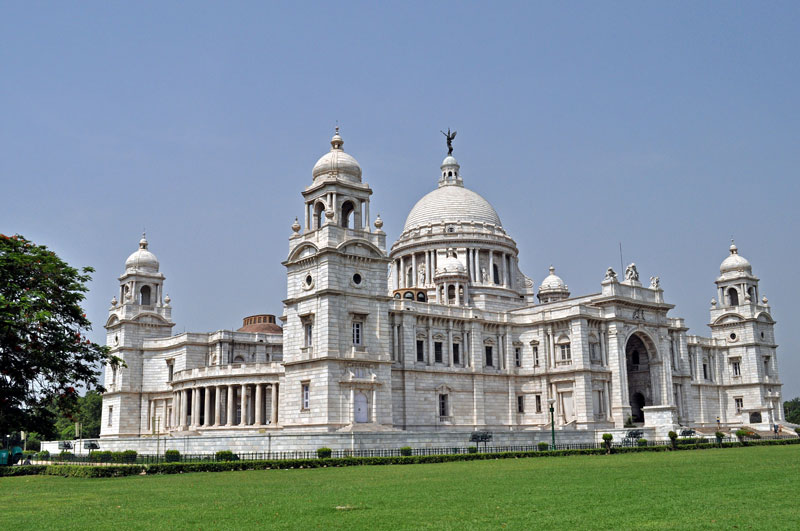 Image Credit-howarchitectsworks.com
Image Credit-howarchitectsworks.comSome of the
best examples for neoclassical style of architecture in India include British
Residency in Hyderabad, Falakunama Palace in Hyderabad, Bangalore Town Hall in
Bangalore, Karnataka. St Andrews Church in Madras, Raj Bhavan and Metcalfe Hall
are some of the other classical structures of neoclassical style. The
presidency towns of Calcutta, Bombay and madras have buildings built in neoclassical
style. For example the front part of the residency in Hyderabad was built in
neoclassical architecture.
We can also
look into the town Hall in Bombay which is now called as Horniman circle which
houses the Asiatic society of Bombay was built in 1803 in the neoclassical
style with columns and pediment (a triangular shape placed above the lintel).
Even though neoclassical style of architecture became very popular still it was
not suitable for all the weather conditions of India.
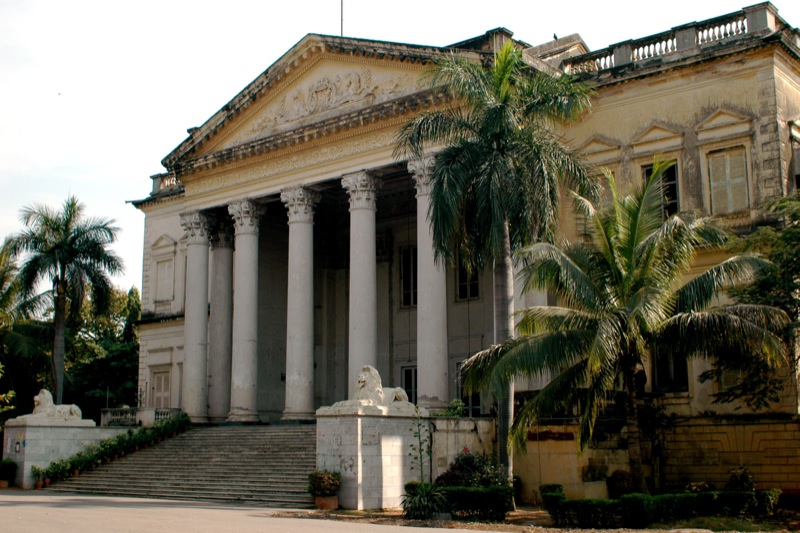 Image credit-- Wikipedia
Image credit-- WikipediaIndo Saracenic
which is also referred as Indo Gothic, Mughal Gothic was another important
revival architecture used by British India in the later part of 19th
century. This style was mostly used in the construction of public and
government buildings. It took certain characters from Indo Islamic architecture
especially form Mughal architecture. Chepauk Palace in Chennai is the first
building to be built in Indo Saracenic style.
The construction was completed in the
1768. Some of the other buildings that
are examples of Indo Saracenic include Madras High Court, Victoria Memorial in
Kolkata, the Khalsa College in Amritsar and many more. The Victoria memorial is
the white marble building that was built in memory of Queen Victoria. It is
located near the banks of river Hooghly, Kolkata, West Bengal India.
The big
Victorian terminus station in Bombay was built in the Victorian gothic revival
architectural style in India. It was designed by F.W Stevens. Construction
began in the year 1878 and was completed in 1887. Some of the other famous
structures that were built in Victorian Gothic revival architecture include Rajabai
tower in Bombay, Lalbagh Botanical gardens and Glass house in Bangalore and in
Delhi North block, St Stephen’s College, Secretariat Complex and Mutiny
Memorial.
Indian Architecture during Portuguese Period
It was in 1498
when Portuguese first came to India. Vasco da gama who was a Portuguese captain
opened the sea route to India in 1497-99. He landed in Calicut now known as
Kozhikode in Kerala India. Initially Portuguese came to India as traders but
later they took control on Goa along with Dadra, Nagra Haveli and Diu and ruled
for nearly for four centuries. Portuguese lost control on Dadra and Nagar
Haveli in the year 1954 and finally all other parts in India in the year 1961.
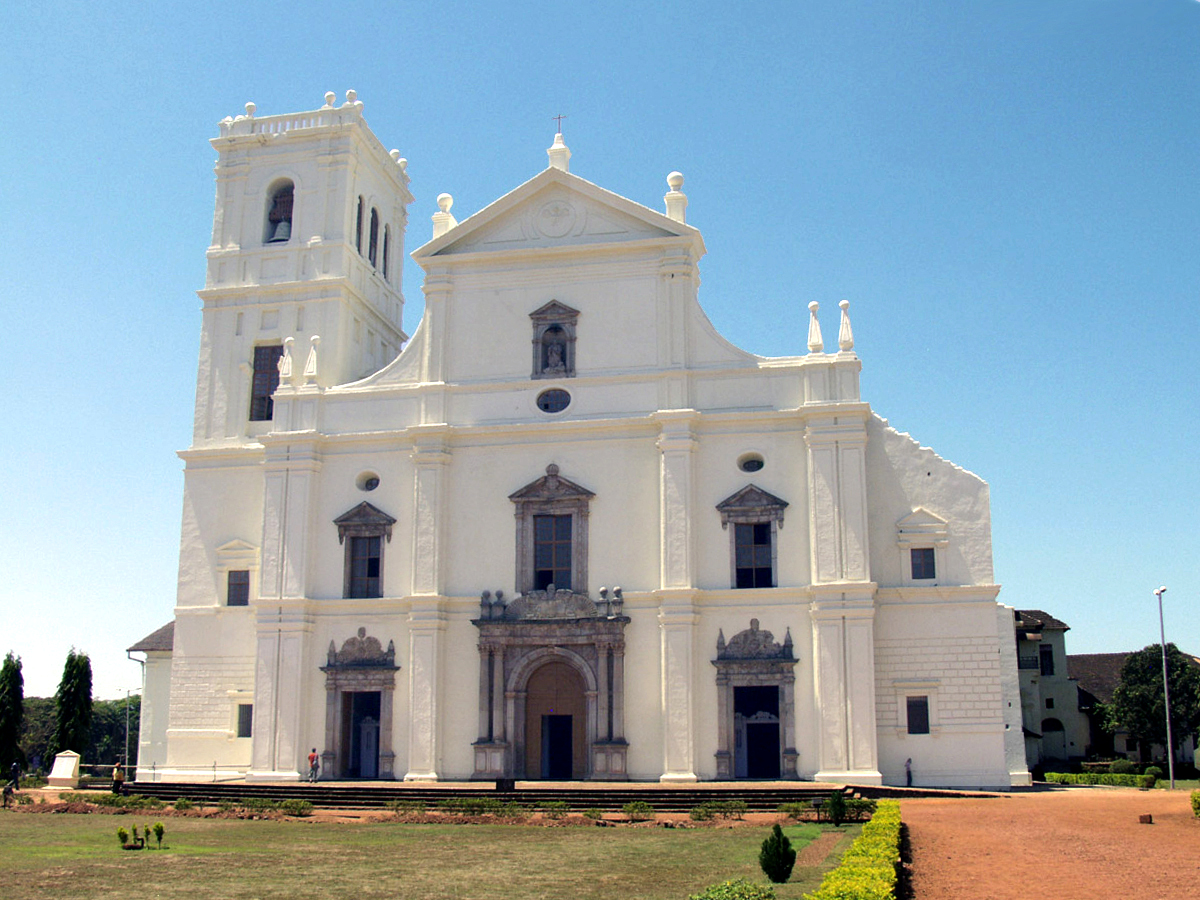 Image credit-- Wikipedia
Image credit-- WikipediaSome of the
important architectural structures that were built during the Portugal period
include Madh Fort, St John Baptist Church in Mumbai. The seven important
churches that were built by Portuguese in Goa are UNESCO world Heritage site
now. Important churches are ‘Church of our old Lady of Rosary’, ‘Se Cathedral’,
‘Basillica of Bom Jesus’, ‘Church and convent of St. Francis of Assisi’,
‘Chapel of Santa Catarina’, ‘Church of Augustine’ and St. Cajetan Church. St. Cathedral Church in Goa is the largest
church built by Portuguese in 16th century.
It is just not
the churches or the governmental buildings that are built in Portugal
architectural style it is also the houses that are built in Portuguese
architecture except few Hindu houses.
French Architecture in India
The French
East India Company was founded in 1664 and was 1719 it was successfully
established in different parts of India. Pondicherry was the first
establishment of French in 1674 and later on it spread to different parts of
India. The French establishment was constantly in fight with Dutch and later
with British. If Goa has Portuguese architecture then Pondicherry has French
style architecture and culture. Pondicherry or Puducherry was originally a
fishing village but the French transformed Pondicherry into a beautiful port
city.
Five trading
posts were established along the South Indian coast between 1668 and 1674. The city
was separated by a canal into French Quarter and Indian Quarter. The French
Quarter has buildings built in European Classical style. There are many
heritage sites in Pondicherry in French Quarter which has different gates and
doors. The entrance gates are the prominent architecture of the French Villas.
They were of different size and colour.
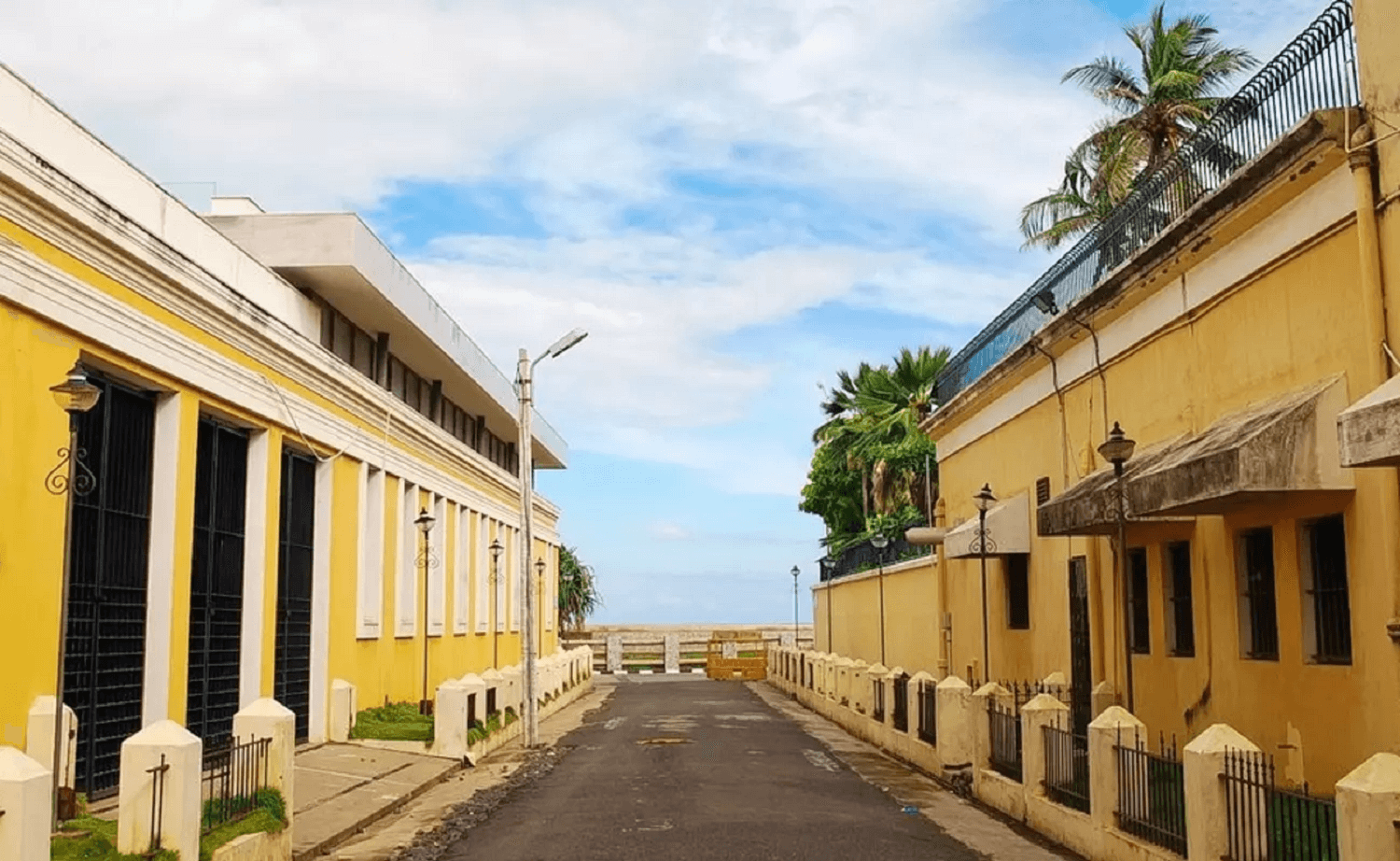 Image credit-- Travelogyindia.com
Image credit-- Travelogyindia.comFrench windows were similar in size and were quite big. One can see various buildings in French architecture like the Pondicherry International Port, Police stations and banks. Even to this day at many places one can see French names on the boards and streets.
European colonial architecture has given India
some of the most beautiful buildings which are still intact and famous
Please share more about European Colonial Architecture here
Related Pages
European Colonial Architecture
Update on coronavirus in India
Affiliate Disclosure:
If you make any purchase via a link on this site, I may receive a small commission with no added cost to you.
